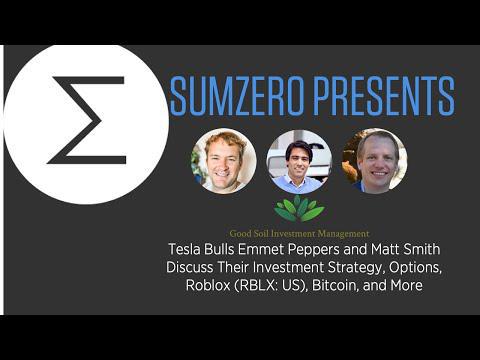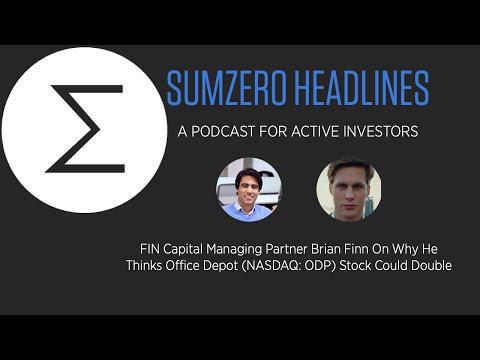SumZero
•
17th February 2022
Spruce Point Capital Shorts C3.ai, Inc (AI: NYSE), Calling it a 'Money Losing Company'
On Wednesday February 16th 2022, SumZero CEO Divya Narendra sat down for a live conversation with Spruce Point Capital CIO, Ben Axler, to discuss the thesis behind their research report short C3.ai, Inc. (AI: US), which they say presents serious downside risks to investors.
The report, which calls AI a "money losing company," cites a "revolving door" in its CFO position and a "dark history of business model pivots," while adding that "challenges in product adoption and significant salesforce turnover make it unlikely that C3.ai will meet aggressive analyst estimates." The report also points out that Spruce Point could not "find a single AI thematic ETF that holds C3.ai as a top 10 position in its fund," and that "retail investors appear to be the biggest shareholders being baited by these optimistic (price targets held by other analysts)."
For more information on Spruce Point Capital's thesis on c3.ai (AI: NYSE) go to https://www.sprucepointcap.com/c3-ai-inc/ and follow them on Twitter: https://twitter.com/sprucepointcap.
For more fundamental-driven investment research on stocks as well as crypto, please join https://www.SumZero.com.
00:00 Start
00:10 Divya Narendra introduction
00:40 Ben Axler introduction to thesis short C3.ai (AI: NYSE)
01:13 AI founded in 2009 by Tom Siebel
01:25 History of AI’s various business models
02:00 Reliance on Baker-Hughes for revenue
02:10 Overview of position
02:50 AI’s actual business
03:19 “People still don’t seem to know” what AI provides
03:43 AI’s customer base includes 3M, Baker Hughs, Caterpillar, utilities companies
04:13 Complexity of product “one of its limiting factors”
04:55 Issues w/ existing customer relationships
05:29 AI’s definition of “customer” and potential overstatement (slides 25 - 27)
06:00 Challenges selling product leading to contract modifications
06:20 Baker-Hughes deal summary (slide 35)
07:09 “A marriage that’s just not working”
07:45 Wall Street revenue estimates too high, Spruce Point sees 40-50% downside target
07:55 Channel checks in research
08:21 CFO turnover (slide 63)
08:36 One departing CFO forfeit $20M in stock options
08:57 Concerns raised about current CFO
09:18 “Management in Flux;” executives departing (slide 68)
09:54 Bull argument for stock
10:06 “Can’t think of any (bull argument), other than it’s down a lot.”
10:40 Claims of exaggerated TAM (slide 20)
10:52 30% of revenue coming from one customer
11:09 Conflicting statements about product development costs
11:30 Conflicting statements about sales cycle
12:10 Stock down more than 70% in a year
12:20 Cash burn
12:39 Competitors
13:50 Details on TAM statements
14:11 $260M revenue company in $270B market?
15:00 Spruce Point targeting questionable companies going public
16:28 Customer base, government contracts (slide 27)
17:12 Valuations
17:40 Debt, operating lease with Google (slide 60)
18:00 Company shrinking due to employee turnover
18:28 Discounted multiple on-Baker-Hughes business
18:43 Spruce Point sees 40 - 50% downside
19:14 Questions about partnerships, 10-year, $103M lease with Google (slide 60)
20:45 Cash flow/burn
20:55 Governance - dual class stock
21:32 Two board directors w/ ties to Makena Capital (slide 74); other possible conflicts of interest
22:18 Dual class status limits institutional owners, retail investors could be targeted
23:55 Average analyst price target $53
24:14 Company in “organizational disarray”
24:35 Stock buyback
25:40 Potential risks
27:20 Final comments
27:30 AI’s accounting
28:05 Are unbilled receivables being used to beat quarterly guidance? (Slide 43)
29:45 More questions raised about Baker-Hughes partnership
30:05 Summary



















































